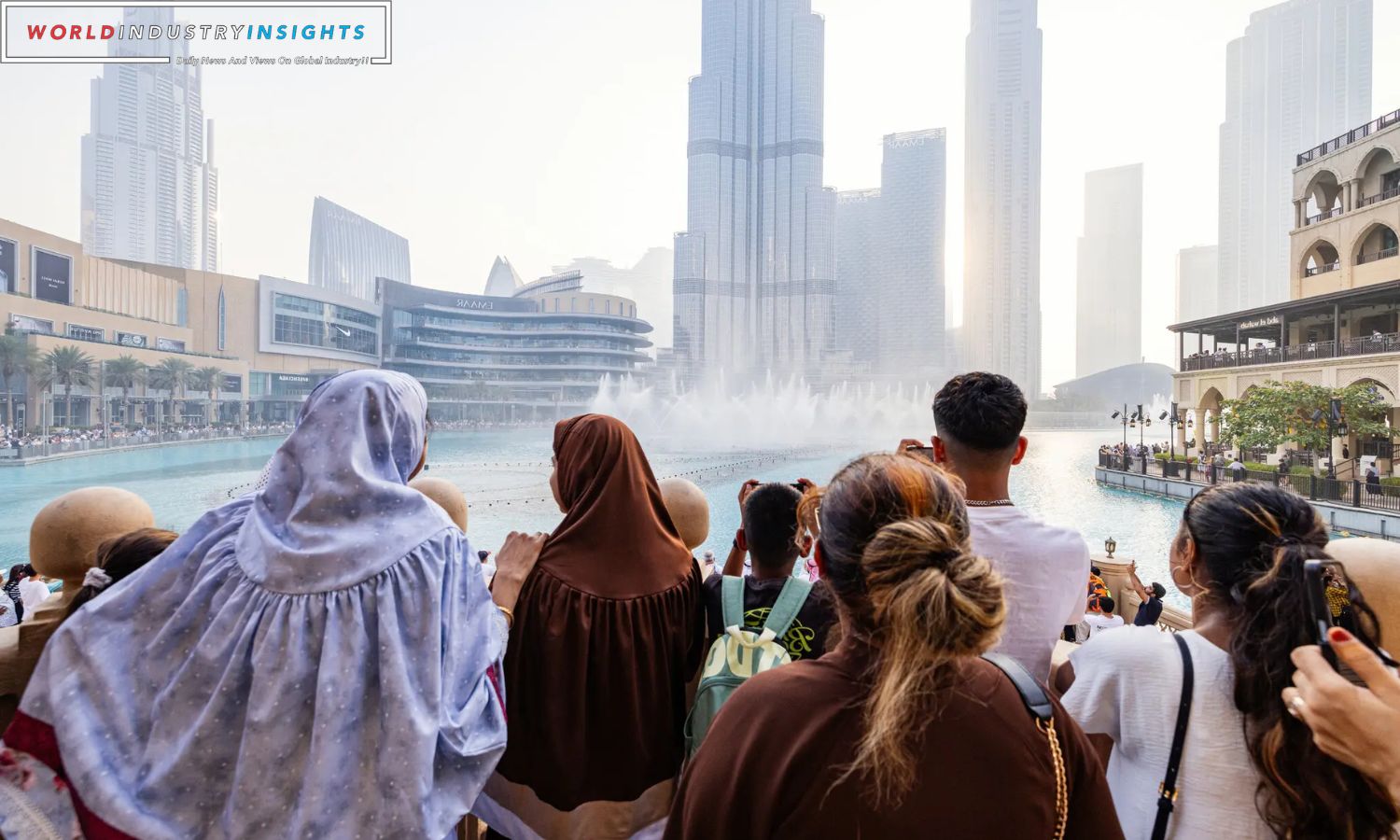Dubai Dazzling Oasis: In the heart of the desert, Dubai stands as a testament to human ambition, a city of opulence rising from the sand. Yet, beneath its shimmering skyline lies a hidden cost — a reliance on desalination that puts the Persian Gulf at risk. The extravagant water wonderland, featuring the world’s deepest pool, snow-filled malls, and a colossal fountain, depends on an unsustainable water source.
Dubai, the most populous city in the United Arab Emirates, confronts a paradox. Its breathtaking attractions are powered by water, a resource the arid region sorely lacks. The solution: desalination, an energy-intensive process that transforms seawater into drinking water. However, this pursuit of luxury comes at a price.
Dubai’s desalination efforts produce a byproduct known as brine, a saline waste that, along with chemicals used during the process, harms the Persian Gulf. The Gulf faces increasing salinity, rising coastal temperatures, and threats to biodiversity, fisheries, and coastal communities. The environmental toll is compounded by climate change and ambitious construction projects, including artificial islands created through land reclamation.
Desalination, in combination with climate change, is predicted to raise the Gulf’s coastal water temperature by at least five degrees Fahrenheit across more than 50% of the area by 2050. This looming threat adds urgency to the environmental initiatives announced by Dubai, aiming to reduce energy and water demand by 30% by 2030 and achieve 100% renewable energy by 2050.
Also Read: Luxury Elite Play: China’s VICs Transforming the Game
Dubai’s water consumption is staggering, with approximately 163.6 billion gallons desalinated in 2022 alone. For every gallon produced, roughly a gallon and a half of brine is released into the Gulf. The Jebel Ali Power and Desalination Complex, the world’s largest facility of its kind, powers 43 desalination plants using fossil fuels, contributing to the UAE’s high carbon emissions.
Despite Dubai’s steps toward environmental responsibility, critics argue that more action is needed. The city’s initiatives include cloud seeding for rainfall, wastewater reclamation systems, and a push for more sustainable desalination technologies. However, challenges persist, with rising salinity levels threatening biodiversity and the Gulf’s ecosystems.
Dubai’s grandeur, fueled by water wonders, stands at a crossroads. The upcoming United Nations global climate summit, COP28, hosted by the city, adds pressure to address environmental concerns. As the world watches, Dubai must navigate the delicate balance between its ambitious vision and the pressing need for sustainable water practices. The city’s future, like its skyline, hangs in the balance, awaiting decisions that will define its legacy in the sands of time.


